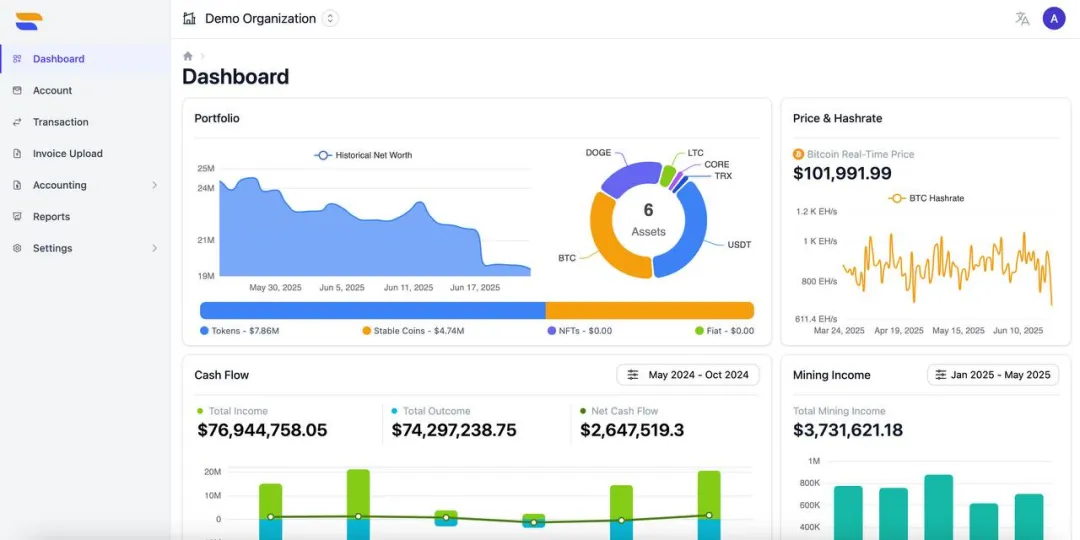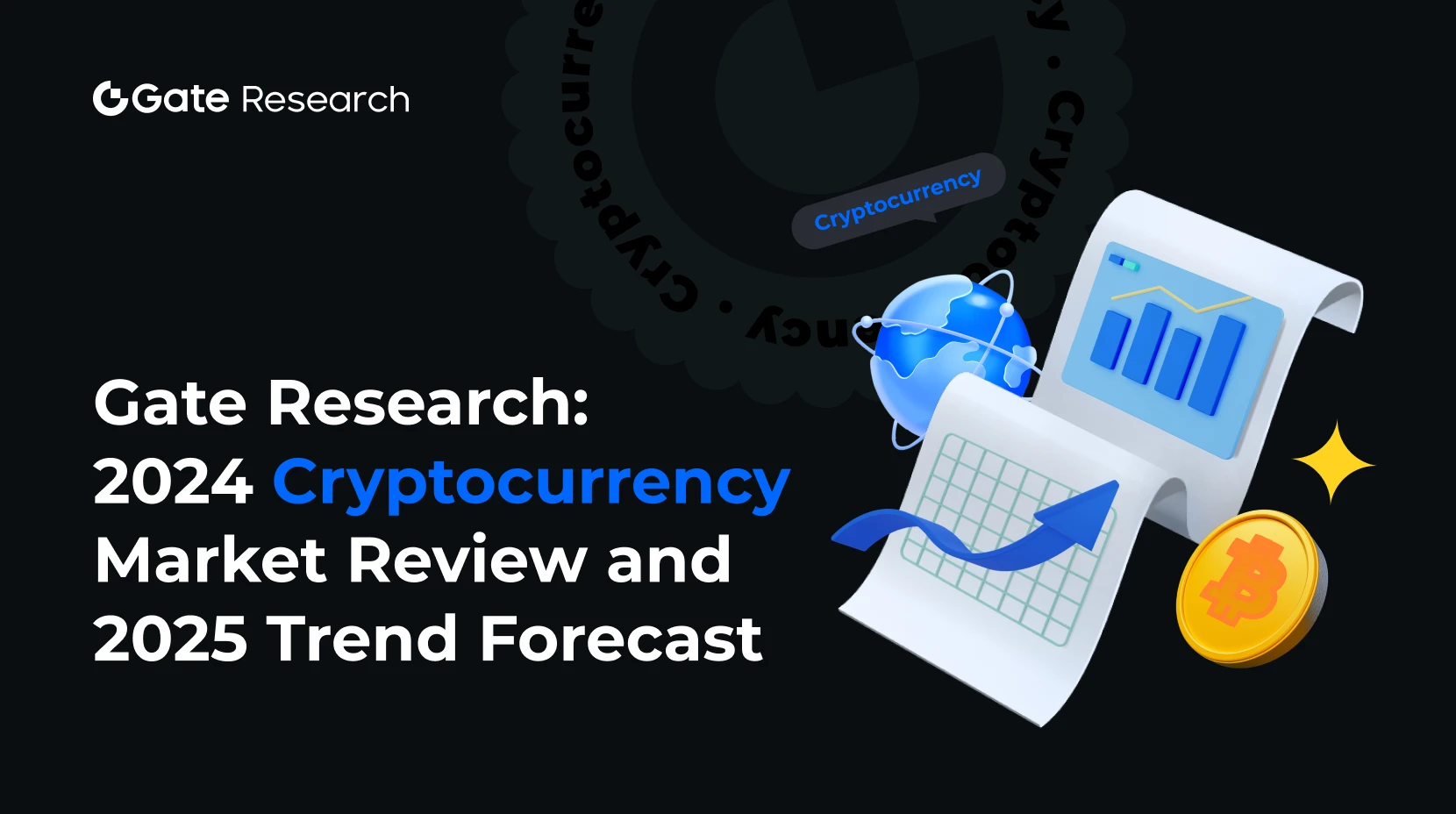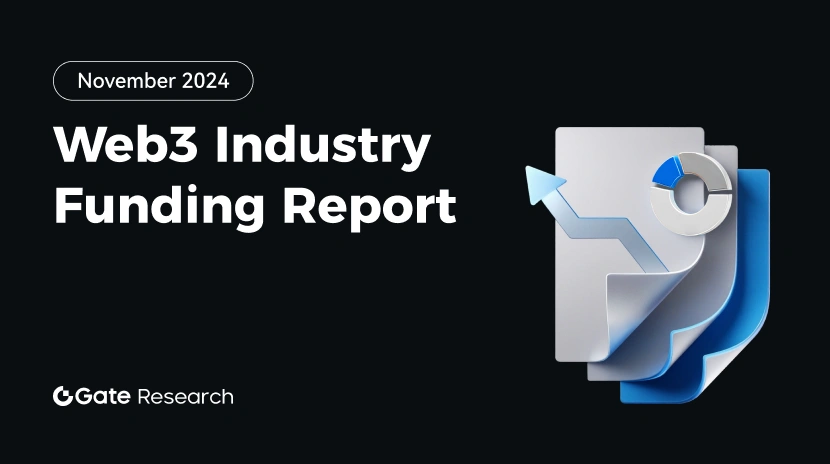The U.S. SEC has approved physical creation and redemption mechanisms for crypto ETPs, marking another significant boost for the crypto finance sector.
1. Policy Overview and Background
1.1 SEC Policy Highlights
On July 29, 2025, the U.S. Securities and Exchange Commission (SEC) authorized designated Authorized Participants (APs) to carry out physical creation and redemption for crypto asset Exchange Traded Products (ETPs). The SEC also approved a new framework for trading spot Bitcoin ETF options. This includes the introduction of Flexible Exchange Options (FLEX) and customizable derivatives, giving market participants more flexibility regarding contract parameters including strike price, expiration date, and exercise style. Additionally, the SEC increased Bitcoin ETF options position limits from 25,000 to 250,000 contracts—a tenfold expansion. These measures signal a major shift by U.S. securities regulators in their approach to cryptocurrency, providing issuers, authorized participants, and investors with greater policy flexibility, while also enhancing trading efficiency and market liquidity.
1.2 Key Differences Between Crypto Asset ETPs and Traditional ETFs
Exchange Traded Products (ETPs) are investment vehicles listed on and traded through national securities exchanges, covering Exchange Traded Funds (ETFs), Exchange Traded Notes (ETNs), and Exchange Traded Commodities (ETCs). Crypto asset ETPs are typically structured as trusts that hold portfolios of spot crypto assets or derivatives pegged to cryptocurrencies. Acting as the issuer, the trust registers its securities and their classification in compliance with the Securities Act of 1933 and the Securities Exchange Act of 1934, and is subject to federal securities law anti-fraud provisions.
ETFs are registered under the Investment Company Act of 1940. ETF issuers rely on authorized participants to create and redeem ETF shares in exchange for securities or baskets that the ETF tracks. Authorized participants then transact these shares on the exchange (secondary market).
Reporting obligations differ between ETPs and ETFs. ETPs file annual audited financial statements (Form 10-K) and quarterly reports (Form 10-Q), aligning with requirements for traditional public companies in U.S. markets. In contrast, although ETFs must file annual audited statements (Form N-CSR), they are only required to submit semi-annual financial reports as an additional filing.

2. The Regulatory Evolution of U.S. Crypto Asset ETPs
2.1 Crypto Asset ETP Development Timeline
Since 2013, when the Winklevoss brothers first filed a Bitcoin ETF proposal with the SEC, numerous issuers have attempted to win approval for Bitcoin ETFs, but U.S. regulators repeatedly turned down their efforts.
In October 2021, the SEC approved the first U.S. Bitcoin futures ETF: ProShares Bitcoin ETF (BITO). Following this, the SEC became involved in a lawsuit concerning the conversion of over-the-counter (OTC) spot Bitcoin products into ETPs.
On August 29, 2023, the U.S. Court of Appeals for the D.C. Circuit sided with the applicant, overturning the SEC’s prior denial. Soon thereafter, in October 2023, the SEC approved the listing of Ether futures ETPs. This ruling paved the way for the SEC to grant final approval of spot Bitcoin ETPs in January 2024.
On January 10, 2024, the SEC approved the listing and trading of several spot Bitcoin ETPs. Initially, most applicants proposed a physical creation and redemption mechanism. However, during the SEC’s comment period, all applications were revised to adopt cash-only creation and redemption. Prior to this, every spot Bitcoin ETP application had been rejected due to concerns around investor protection, potential price manipulation, and the absence of surveillance-sharing agreements with major regulated Bitcoin markets.
On May 23, 2024, the SEC approved rule changes allowing the listing and trading of multiple spot Ether ETPs. Spot Ether ETPs retained the cash creation and redemption model.
2.2 The Latest in Crypto Asset ETP Regulation
2.2.1 SEC Issues New Disclosure Guidelines for Crypto Asset ETPs
On July 1, 2025, the SEC’s Division of Corporation Finance released new disclosure guidelines for crypto asset ETPs, designed to clarify issuance and registration under the federal securities law framework and foster orderly market conduct.
The guidelines require crypto asset ETP issuers to comply with U.S. Securities Act and Securities Exchange Act requirements for product issuance, registration, and related disclosures. These include risk factors, business descriptions, profiles of service providers, asset custody arrangements, fees and expenses, security descriptions, distribution plans, management, conflicts of interest, and financial statements.
Over the short term, this may limit launches of products with insufficient disclosures and prompt investors to reassess risk premiums, potentially triggering capital outflows from ETPs. In the long run, it will likely accelerate filings and launches by leading institutions, reduce regulatory uncertainty and compliance costs, and help foster a more mature, organized crypto asset investment environment.
2.2.2 Exchanges Advance Unified Listing Standards for Crypto ETPs
Significantly, recent breakthroughs in crypto ETP operations are accompanied by major improvements in their listing pathways.
Cboe BZX, Nasdaq, and NYSE Arca, Inc. have jointly submitted a key rule change proposal to the SEC. The initiative aims to establish uniform listing and trading standards for commodity trust shares, expediting the public approval process for such products. Currently, exchanges must file Form 19b-4 and undergo up to 240 days of review. The proposed framework would shorten this period and formalize a standardized “one asset, one review” approach. This reform would drastically simplify the listing process, lower issuance costs, and open efficient, transparent listing channels for commodity ETPs—including those backed by digital assets.
3. The Industry Impact of Physical Creation and Redemption
3.1 Comparing Physical and Cash Creation & Redemption Mechanisms
Previously, U.S. spot Bitcoin and Ether ETPs operated strictly under a cash creation and redemption model. This meant authorized participants (typically institutions like Goldman Sachs, JPMorgan, or specialized market makers) had to provide cash to the issuer to purchase ETP shares; the issuer would then use that cash to buy Bitcoin or Ether on the spot market. When redeeming, the issuer would sell crypto assets for cash before paying the authorized participant.
With physical creation and redemption, authorized participants can deliver actual Bitcoin or Ether to the ETP issuer for new share subscriptions. Upon redemption, the issuer can directly return the corresponding crypto asset to the authorized participant. This eliminates the need for constant management of both cash and crypto flows, allowing for quicker and more efficient trade execution.
3.2 How This Benefits the Crypto Asset Market
Physical creation and redemption bring clear advantages in controlling trading costs and slippage, reducing potential tax burdens, improving pricing efficiency, and boosting market liquidity.
(1) Trading costs and slippage: Cash creation and redemption entail large-scale buy/sell transactions, which incur trading fees and increase slippage during block trades. Physical creation and redemption reduce trading friction and offer issuers and market makers far greater flexibility.
(2) Tax burden: According to the IRS, converting crypto to fiat currency triggers capital gains/losses, with investors required to pay capital gains tax based on the sale price minus cost basis. Cash-based creation and redemption require taxable crypto transactions, increasing complexity and potentially adding capital gains liabilities—costs that often get passed back to investors. The physical model allows investors to defer taxable events until actual sale, providing greater flexibility for tax planning.
(3) Pricing efficiency: Cash creation and redemption can cause the ETP’s market price to stray from its net asset value—especially during high volatility—leading to premiums or discounts. Large-scale cash-based flows often require issuers to rebalance portfolios frequently, adding price instability. Physical creation and redemption help keep ETP prices closely aligned with net asset value, ensuring more transparent and fair pricing.
(4) Market liquidity: Physical creation and redemption is already standard in traditional equity and ETP markets. Aligning crypto ETPs with this model enhances access and diversity for crypto financial products, enabling more institutional capital to enter the market.
As Bloomberg analyst James Seyffart notes, by approving physical creation and redemption for Bitcoin and Ether ETFs, the SEC has set the precedent for similar models with future altcoin ETFs, such as those linked to Solana or XRP.
- Conclusion
The SEC’s approval of physical creation and redemption for crypto asset ETPs marks a pivotal milestone for the institutionalization of digital assets. This mechanism brings the flow of crypto products closer in line with traditional ETFs and offers a robust and compliance-friendly approach for institutional capital to enter the crypto market.
At the same time, regulators are building supportive frameworks more rapidly. The SEC’s new disclosure guidelines clarify registration and reporting requirements for these products under federal law, providing clearer compliance pathways for both issuers and investors.
On the exchange side, Cboe BZX, Nasdaq, and NYSE Arca have submitted rule proposals to the SEC to standardize listing requirements for commodity trust shares—steps that promise to streamline the crypto ETP approval process. If these reforms are enacted, they could finally resolve long-standing issues of backlog and slow approvals, boosting both market efficiency and transparency.
Overall, whether at the operational level (physical creation and redemption) or the policy level (new disclosure mandates), the trend is clear: Crypto assets are rapidly transitioning toward transparent, regulated, and configurable markets that closely mirror traditional finance. Market participants are shifting their focus from regulatory avoidance to proactive compliance and from speculation to strategic value allocation. In the coming era, competition will hinge not just on product design, but on who can achieve the ideal balance between compliance and risk management to build resilient and sustainable crypto asset investment platforms.
Disclaimer:
- This article is republished from [FinTax]. Copyright belongs to the original author [FinTax]. If you have any concerns about this republication, please contact the Gate Learn team. Your request will be handled promptly following relevant procedures.
- Disclaimer: The perspectives and opinions presented in this article are solely those of the author and are not intended as investment advice.
- Other language versions of this article have been translated by the Gate Learn team. Please do not copy, distribute, or use the translated article without proper attribution to Gate.
Related Articles

Gate Research: 2024 Cryptocurrency Market Review and 2025 Trend Forecast

Altseason 2025: Narrative Rotation and Capital Restructuring in an Atypical Bull Market

Detailed Analysis of the FIT21 "Financial Innovation and Technology for the 21st Century Act"

Gate Research: Web3 Industry Funding Report - November 2024

The Impact of Token Unlocking on Prices
